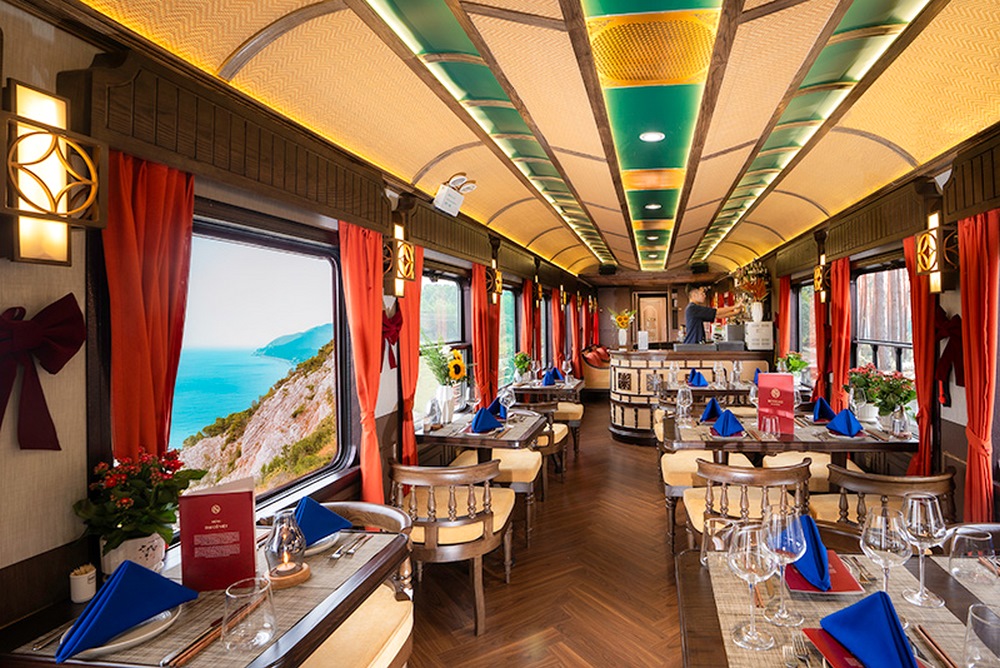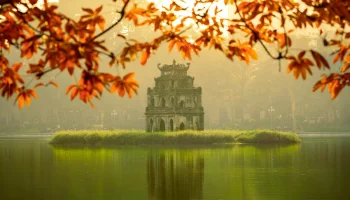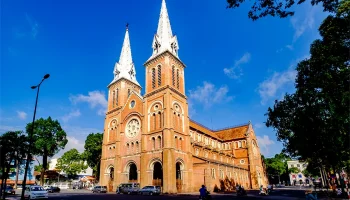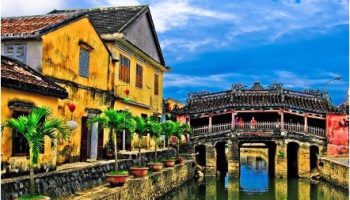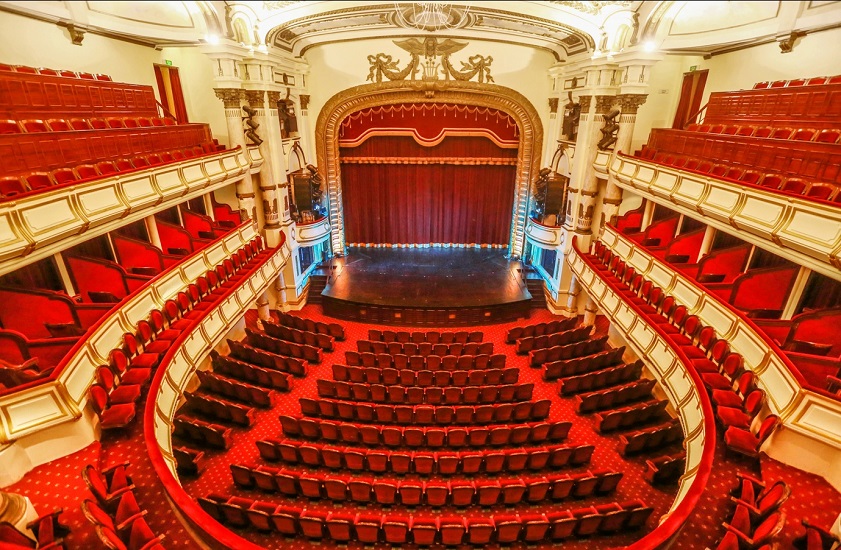
Hanoi Opera House: What visitors need to know before getting to
The Hanoi Opera House is a historic and architectural landmark in the heart of Vietnam’s capital. Built during the French colonial period, it reflects European influence in Vietnam. The Opera House remains a key cultural center, offering visitors a glimpse into its rich history and stunning design. Knowing its location, hours, ticket prices, and tour options will help you make the most of your visit.
Table of Contents
ToggleI. What you need to know about the history of Hanoi Opera House
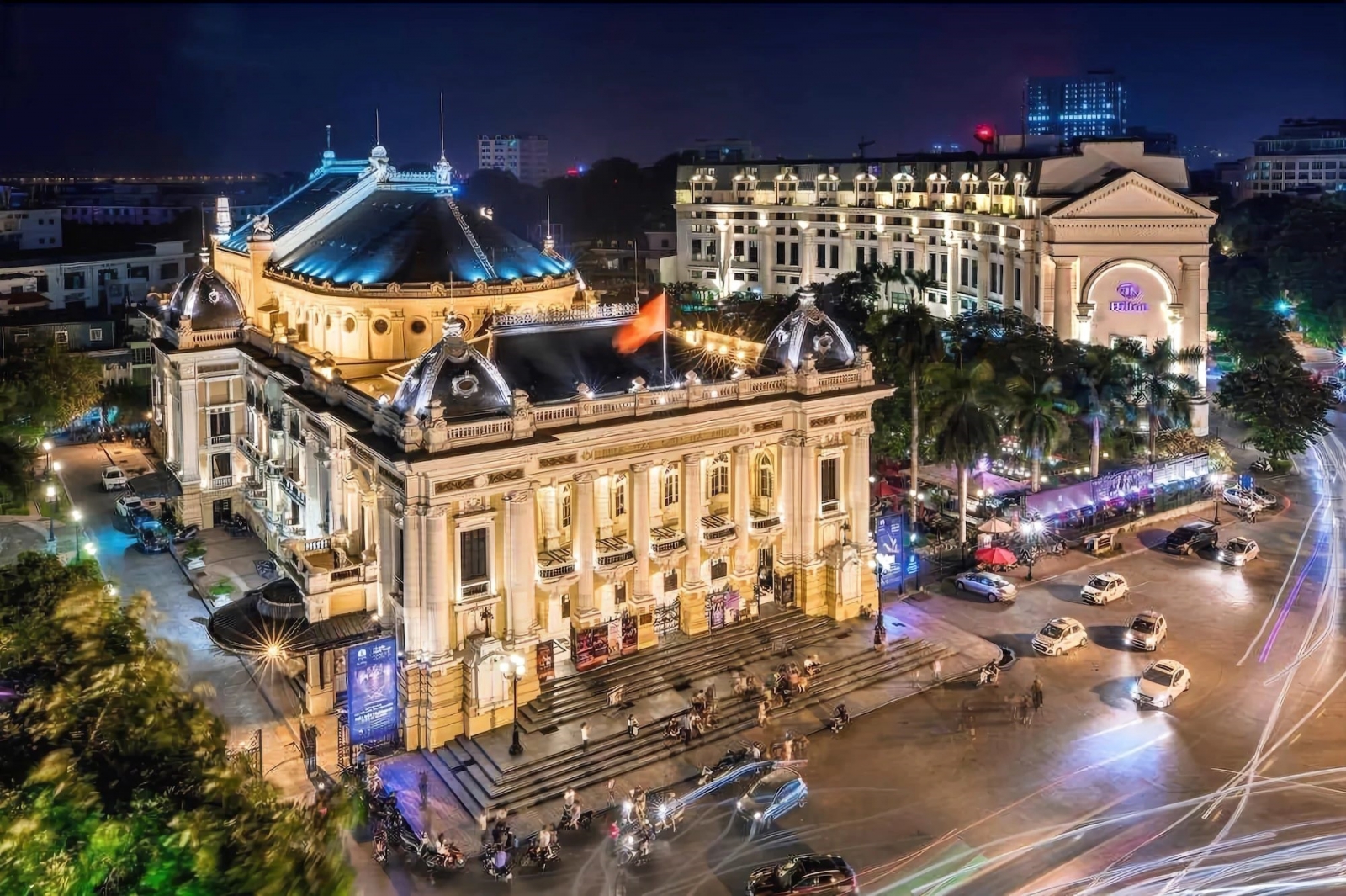
The Hanoi Opera House is a historic and architectural landmark in the heart of Vietnam’s capital
The Hanoi Opera House, a cultural and architectural gem in the heart of Vietnam’s capital, has a rich history dating back to the early 20th century.
Constructed between 1901 and 1911 during the French colonial period, the Opera House was modeled after the Palais Garnier in Paris, reflecting the influence of French architecture in Indochina. It was designed by French architects Harlay and Broyer, who aimed to create a symbol of European culture in the region.
The Opera House was not only a venue for performances but also a focal point for social and political events. It hosted various cultural activities, including plays, ballets, and classical music concerts, catering primarily to the French elite and Vietnamese aristocracy.
Over the years, the building witnessed significant historical events, including the August Revolution in 1945, where the Vietnamese people gathered to demand independence from colonial rule.
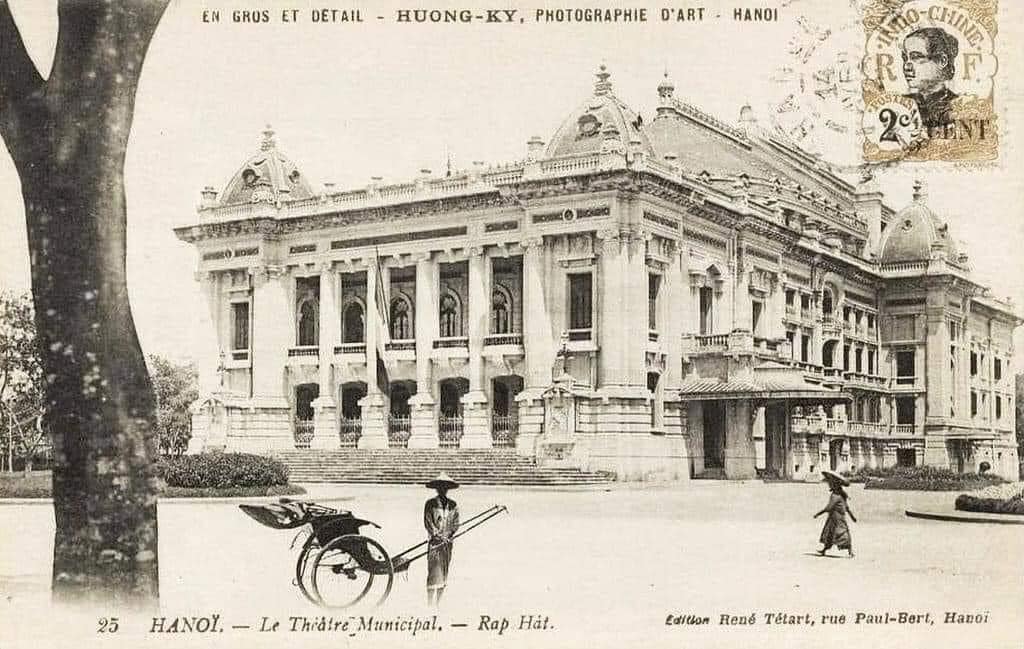
The Hanoi Opera House in the past
During the First Indochina War and the Vietnam War, the Opera House’s role shifted from a cultural venue to a place of political significance. After Vietnam’s independence, the building was preserved and continued to serve as a prominent cultural center.
In the late 1990s, the Hanoi Opera House underwent extensive renovations to restore its original grandeur, reaffirming its status as a historical and cultural landmark in Hanoi.
Today, it stands as a testament to Vietnam’s colonial history, cultural evolution, and the enduring influence of French architecture.
II. Explore the marvelous of Hanoi Opera House’s Architecture
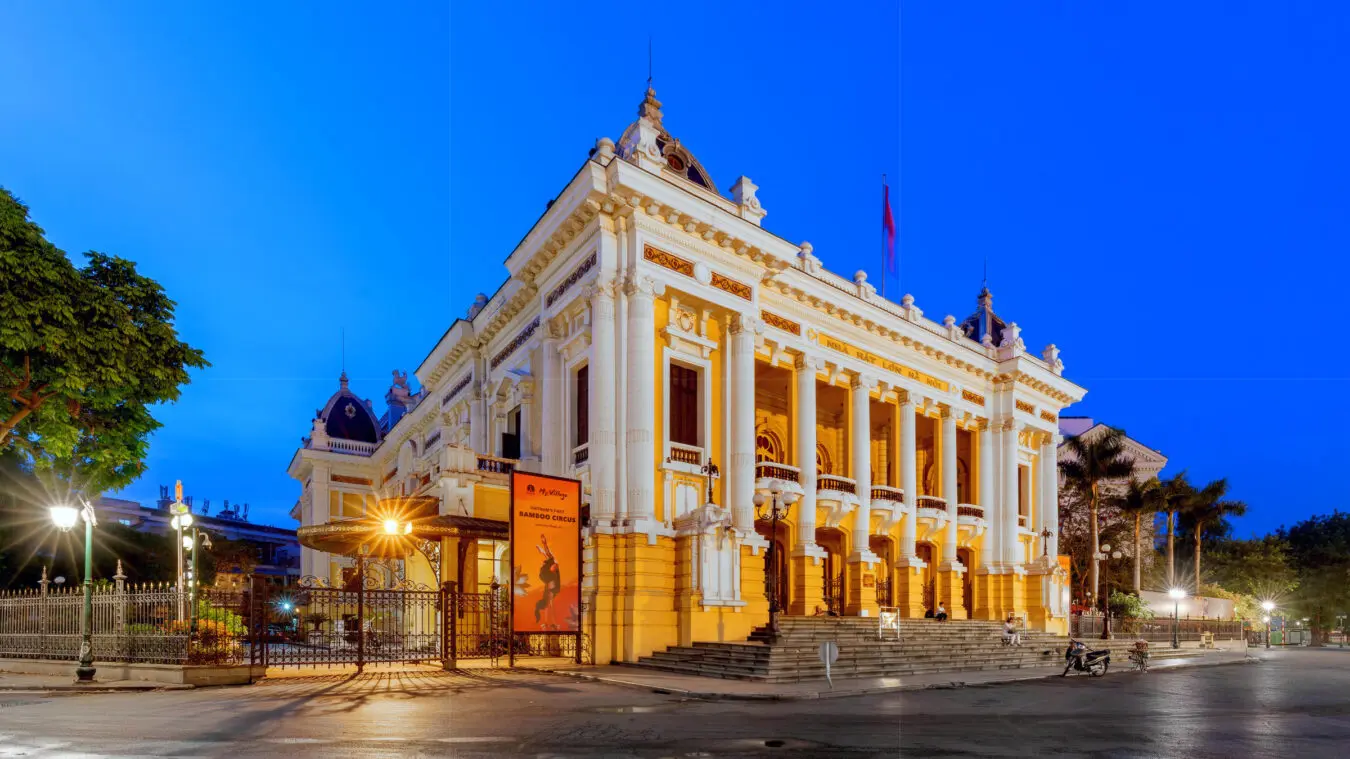
The Hanoi Opera House has French neoclassical architecture
The Hanoi Opera House is a stunning example of French neoclassical architecture, harmoniously blending European elegance with local influences. Its design draws inspiration from the Palais Garnier in Paris, yet it incorporates unique elements that make it distinctively Vietnamese.
The building’s façade is adorned with intricate details, including arched windows, columns, and ornate sculptures that showcase the craftsmanship of the time.
One of the most striking features of the Opera House is its grand entrance, marked by a series of imposing columns and a wide staircase leading up to the main doors.

The main auditorium has a seating capacity of around 600
The use of cream and white tones, along with the red-tiled roof, creates a visually appealing contrast that highlights the building’s elegant proportions. The roof is topped with decorative statues and motifs, adding to the building’s classical beauty.
Inside, the Opera House is just as impressive. The main auditorium, with a seating capacity of around 600, is designed in the traditional horseshoe shape, providing excellent acoustics and sightlines.
The interior is richly decorated with chandeliers, marble floors, and gilded moldings, exuding opulence and sophistication.
The stage is equipped with modern lighting and sound systems, yet the design remains faithful to its early 20th-century origins.
The Hanoi Opera House also features several smaller rooms and halls, each decorated in a style that reflects the building’s historical significance. These spaces are used for various cultural events, exhibitions, and ceremonies, further enhancing the Opera House’s role as a cultural hub.
The combination of Western and Eastern architectural elements, along with its historical significance, makes the Hanoi Opera House a marvel of architectural design and a must-visit landmark in Vietnam.
III. Where is Hanoi Opera House and how to get there
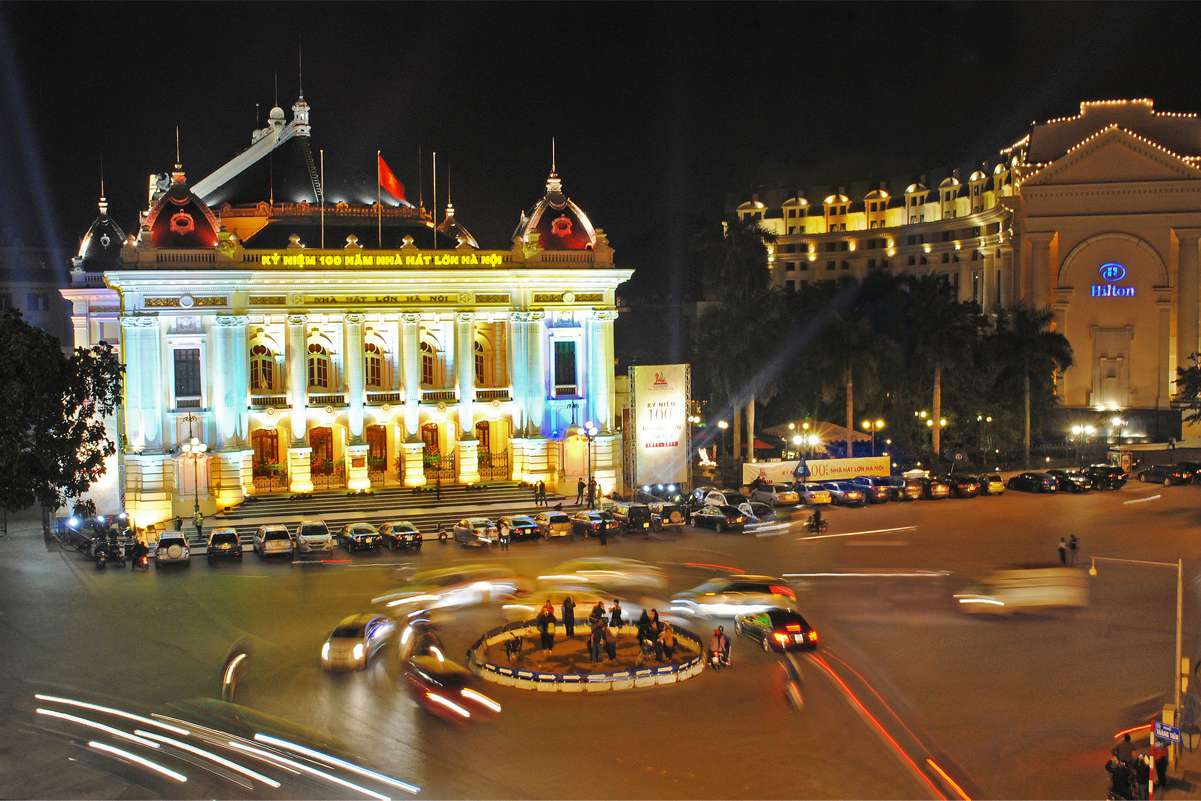
The Hanoi Opera House is the heart of the capital
3.1 Position
– The Hanoi Opera House is located in the heart of Hanoi, Vietnam.
– Its exact address is 1 Trang Tien Street, Hoan Kiem District.
– The Opera House is near Hoan Kiem Lake, a popular landmark in Hanoi.
– It’s easily accessible from many parts of the city.
3.2 Opening hours
– Opening hours: 10:00 AM to 5:00 PM on weekdays.
– It is closed on weekends and public holidays unless there is a special event. Performance times vary, so it’s best to check the schedule in advance.
3.3 Ticket fee
– Ticket prices depend on the event or performance.
– Regular tours of the Opera House are also available, costing around 100,000 to 150,000 VND.
– For performances, ticket prices range from 300,000 VND to 2,000,000 VND, depending on seating and the type of show.
→ Discover the full SJourney itinerary from Hanoi to Ho Chi Minh City, with unique stops along the way HERE
3.4 Hanoi Opera House Tour
– The tour offers a chance to explore the Opera House’s history and architecture.
– It includes access to the main hall, seating areas, and backstage.
– Tours are available in English and Vietnamese.
– It’s advisable to book the tour in advance as slots can fill up quickly.
– The tour typically lasts about 1.5 hours.
3.5 Nearby historical and morden destinations for visitor
Hoan Kiem Lake (Sword Lake)
In the heart of Hanoi, just a short walk from the Hanoi Opera House. The lake is deeply tied to Vietnamese legend. It is said that Emperor Lê Lợi returned a magical sword to the Golden Turtle God (Kim Qui) in the lake, giving the lake its name.
Turtle Tower is A small tower in the middle of the lake, an iconic symbol of Hanoi.
Also, Ngoc Son Temple is located on Jade Island, connected by the elegant red Huc Bridge. The temple is dedicated to Confucian and Taoist philosophers as well as the national hero, General Tran Hung Dao.
The lake is surrounded by scenic paths lined with trees and benches, perfect for a peaceful stroll for everyone.
St. Joseph’s Cathedral
About a 10-minute walk from the Hanoi Opera House, located in the Hoàn Kiếm District. Completed in 1886, it is one of the oldest churches in Hanoi. It was built during the French colonial period and is a prime example of French Gothic architecture in Vietnam.
Resembles the Notre-Dame Cathedral in Paris, with two large square towers and a central rose window. Features high vaulted ceilings, tall stained-glass windows imported from France, and religious statues. The atmosphere inside is tranquil, with a strong sense of history as well.
The cathedral is an important religious site for Hanoi’s Catholic community. It is also a popular spot for you to admire its architecture and enjoy the nearby cafes.
Trang Tien Plaza
Just across from the Hanoi Opera House, at the corner of Trang Tien and Hang Bai Streets. Trang Tien Plaza is one of Hanoi’s most upscale shopping malls, known for its luxury brands and sophisticated atmosphere.
The mall houses a range of international luxury brands, including Louis Vuitton, Dior, and Gucci, among others. In addition to luxury fashion, the mall also offers electronics, cosmetics, and fine jewelry.
-There are several elegant cafes and restaurants within the mall, offering both local and international cuisine.
Also, the building itself is a blend of modern and classical architecture, fitting seamlessly into the historic charm of Hanoi’s French Quarter.
These three destinations provide a blend of cultural, historical, and modern experiences, all within close proximity to the Hanoi Opera House. We recommend you spend time to explore these places
IV. In Sum Up
The Hanoi Opera House is a must-visit for anyone interested in history, architecture, or culture. Its blend of French and Vietnamese styles, along with its enduring cultural significance, makes it a highlight of Hanoi. With proper planning, you can fully enjoy all that this iconic building has to offer.
Contact us:
Website: https://vietnamluxuryexpress.com/
Email: inquiry@vietnamluxuryexpress.com
Hotline 24/7: +84 975 119 466
SEE MORE:
Vietnam Luxury Train – The Ultimate Experience For All Tourists
Discover the World’s Best: Top 30 Luxury Trains





